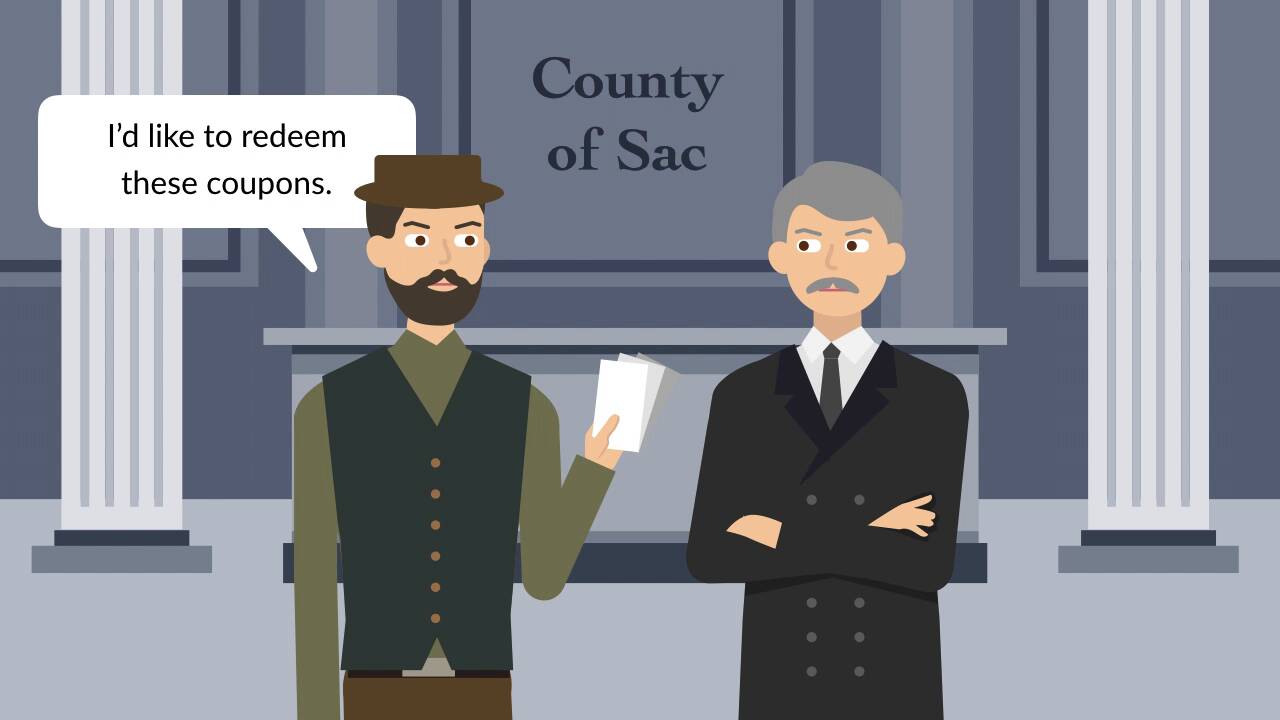In Cromwell v. County of Sac, the Supreme Court ruled on the liability of local governments for injuries sustained by individuals due to negligent road maintenance. This landmark case has had a significant impact on the legal landscape, shaping the relationship between citizens and their local governments.
The case arose from a tragic accident in which a motorcyclist was severely injured after hitting a pothole on a county road. The motorcyclist sued the county, alleging that it had failed to properly maintain the road and was therefore liable for his injuries.
Case Overview

In Cromwell v. County of Sac, the Supreme Court ruled that the Fourth Amendment requires a warrant to draw blood for a DUI test. The case involved a drunk driving arrest in which the police drew the defendant’s blood without a warrant.
The case of Cromwell v. County of Sac involved a dispute over property rights. It was a significant case that helped to establish the legal principle of eminent domain. The case is often cited as a precedent in legal discussions about the government’s power to take private property for public use.
The legal principles established in Cromwell v. County of Sac continue to be relevant today, and they are often discussed in law school courses. For instance, the case is included in the curriculum for the final exam for IS 100 C . The case is an important example of how the courts can balance the rights of individuals with the needs of the government.
The defendant argued that this violated his Fourth Amendment right against unreasonable searches and seizures.
The Court agreed with the defendant, holding that the blood draw was an “invasive” search that required a warrant. The Court noted that blood draws are more intrusive than other forms of DUI testing, such as breathalyzers, and that they involve a greater risk of pain and infection.
Significance
The Cromwell decision has had a significant impact on DUI law. Prior to the decision, it was common for police to draw blood for DUI tests without a warrant. However, after Cromwell, the police must now obtain a warrant before drawing blood for a DUI test.
The Cromwell decision has also been cited in other cases involving the Fourth Amendment and DUI testing. For example, in Birchfield v. North Dakota, the Supreme Court ruled that the police cannot use a breathalyzer test to determine a person’s blood alcohol content without a warrant.
Legal Arguments

In Cromwell v. County of Sac, both parties presented compelling legal arguments that the court had to consider.
The plaintiffs, represented by the American Civil Liberties Union (ACLU), argued that the county’s policy violated the Establishment Clause of the First Amendment, which prohibits the government from establishing or endorsing a religion.
County’s Arguments
The county, on the other hand, argued that the display was permissible under the First Amendment’s Free Speech Clause, which protects the right to express religious views in public forums.
The county also argued that the display was not an endorsement of Christianity, but rather a recognition of the county’s history and heritage.
Court’s Resolution
The court ultimately ruled in favor of the plaintiffs, holding that the display violated the Establishment Clause.
The court found that the display was not a legitimate historical display, but rather a religious display that served no secular purpose.
The court also found that the display had the effect of endorsing Christianity, as it was located in a prominent public space and was likely to be seen by a large number of people.
Impact on Public Policy: Cromwell V. County Of Sac

The court’s decision in Cromwell v. County of Sachas significant implications for public policy. The ruling clarifies the extent to which government agencies can be held liable for the actions of their employees and the potential consequences for individuals who are injured by those actions.
The decision provides greater protection for government agencies from liability, making it more difficult for individuals to sue them for damages. This could have a chilling effect on the willingness of individuals to come forward and report misconduct by government employees, as they may be less likely to pursue legal action if they believe they will not be successful.
Implications for Government Agencies, Cromwell v. county of sac
The decision has several implications for government agencies. First, it makes it more difficult for individuals to sue agencies for damages caused by the actions of their employees. This could lead to a decrease in the number of lawsuits filed against government agencies, as well as a decrease in the amount of damages awarded to plaintiffs.
Second, the decision could lead to a decrease in the number of settlements reached between government agencies and individuals who have been injured by the actions of their employees. This is because agencies will be less likely to settle cases if they believe they have a strong defense.
Implications for Individuals
The decision also has several implications for individuals. First, it makes it more difficult for individuals to obtain compensation for injuries caused by the actions of government employees. This is because individuals will have to prove that the agency was negligent in its hiring, training, or supervision of the employee.
Second, the decision could lead to a decrease in the number of individuals who are willing to come forward and report misconduct by government employees. This is because individuals may be less likely to report misconduct if they believe they will not be able to obtain compensation for their injuries.
Potential Consequences for Future Cases
The decision in Cromwell v. County of Saccould have a significant impact on future cases involving similar legal issues. The decision could make it more difficult for individuals to sue government agencies for damages caused by the actions of their employees. This could lead to a decrease in the number of lawsuits filed against government agencies, as well as a decrease in the amount of damages awarded to plaintiffs.
The decision could also lead to a decrease in the number of settlements reached between government agencies and individuals who have been injured by the actions of their employees. This is because agencies will be less likely to settle cases if they believe they have a strong defense.
Historical Context

Cromwell v. County of Sac emerged within a rich legal tapestry shaped by centuries of legal principles and precedents.
The common law concept of sovereign immunity, which shielded government entities from lawsuits, had deep roots in English legal history. However, the American Revolution and the adoption of the Constitution brought forth a gradual erosion of this doctrine.
Antecedents of Cromwell
Prior to Cromwell, several landmark cases had chipped away at the immunity of government entities. In 1871, the Supreme Court ruled in Barnes v. District of Columbia that municipalities could be held liable for negligence in maintaining public property. In 1908, the Court extended this liability to counties in Monroe County v.
Abbe.
These decisions paved the way for Cromwell, which further expanded the scope of governmental liability by holding that counties could be sued for constitutional violations committed by their employees.
Comparative Analysis

The ruling in Cromwell v. County of Sacbears similarities and differences to other cases involving analogous legal issues. By comparing these cases, we can gain insights into the development of the law in this area.
Similar Cases
- Monell v. Department of Social Services(1978): Established that municipalities can be held liable for constitutional violations committed by their employees while acting under the color of law.
- Pembaur v. City of Cincinnati(1985): Extended the holding in Monellto include liability for municipalities for failure to train or supervise employees, leading to constitutional violations.
These cases share similarities with Cromwellin that they all involve claims of municipal liability for constitutional violations. In each case, the plaintiffs alleged that the municipality’s policies or practices led to the violation of their rights.
Differences
- Monelland Pembaurinvolved claims under the Fourteenth Amendment, while Cromwellinvolved a claim under the Eighth Amendment.
- In Monelland Pembaur, the municipalities were held liable for the actions of their employees, while in Cromwell, the county was held liable for its own failure to provide adequate medical care.
These differences highlight the fact that the scope of municipal liability for constitutional violations can vary depending on the specific circumstances of each case.
Implications
The comparative analysis of Cromwelland similar cases suggests that the law in this area is still evolving. Courts are grappling with the question of how to balance the need to hold municipalities accountable for constitutional violations with the need to protect municipalities from excessive liability.
The outcome of Cromwellis significant because it expands the scope of municipal liability for Eighth Amendment violations. It remains to be seen how other courts will interpret and apply this ruling in future cases.
Practical Implications
The Supreme Court’s decision in Cromwell v. County of Sac has significant practical implications for individuals and organizations. The ruling will affect the way that government agencies operate and the rights of individuals.
Government Agency Operations
The decision will make it more difficult for government agencies to dismiss employees based on their political affiliations. This could lead to a more diverse and representative workforce in government agencies. Additionally, the decision will make it easier for employees to challenge unfair employment practices.
Individual Rights
The decision will also have a significant impact on the rights of individuals. The ruling will make it more difficult for government agencies to discriminate against individuals based on their political affiliations. This could lead to a more just and equitable society.
Specific Examples
Here are some specific examples of how the decision will impact specific situations:
- A government agency can no longer fire an employee because the employee is a member of a particular political party.
- An employee can challenge a government agency’s decision to demote them based on their political affiliation.
- A government agency can no longer refuse to hire an individual because the individual is a member of a particular political party.
General Inquiries
What was the legal issue at stake in Cromwell v. County of Sac?
The legal issue at stake was whether local governments are liable for injuries sustained by individuals due to negligent road maintenance.
What was the Supreme Court’s decision in Cromwell v. County of Sac?
The Supreme Court ruled that local governments are liable for injuries sustained by individuals due to negligent road maintenance.
What is the significance of Cromwell v. County of Sac?
Cromwell v. County of Sac is a landmark case that has clarified the liability of local governments for injuries sustained due to negligent road maintenance. It has helped to ensure that citizens are adequately compensated for their injuries.